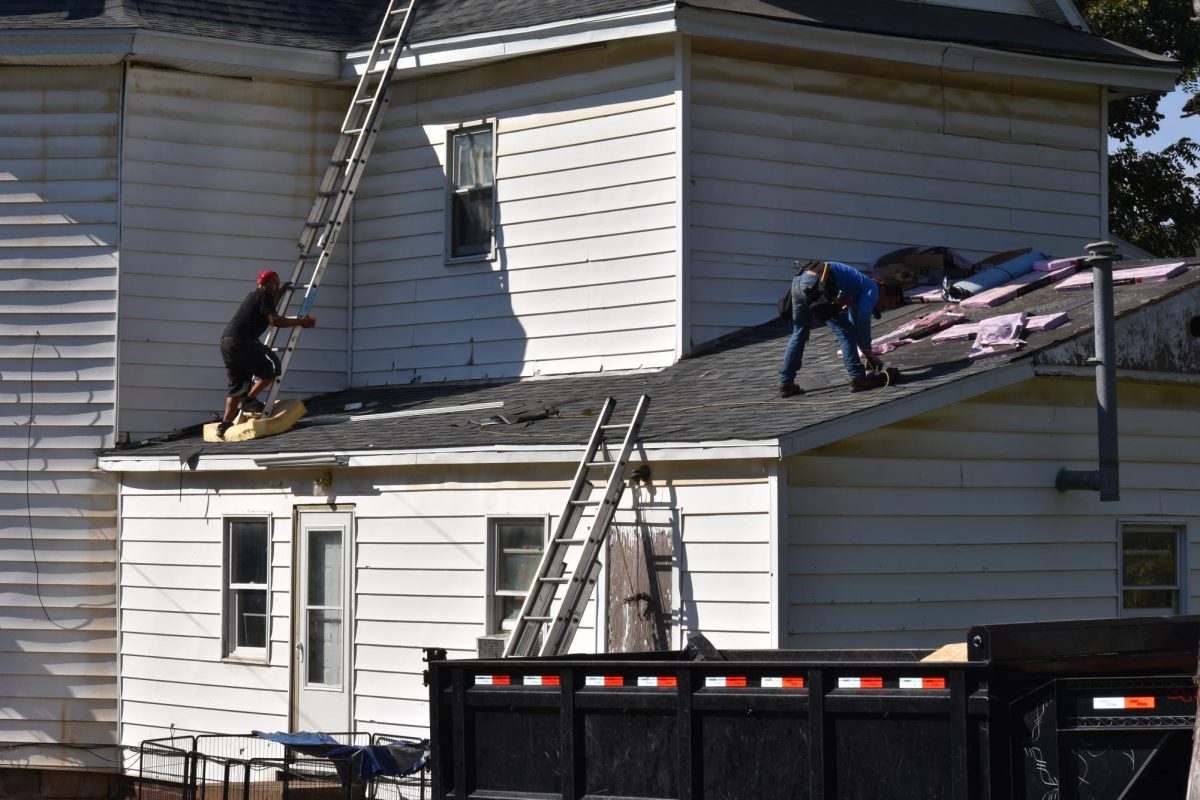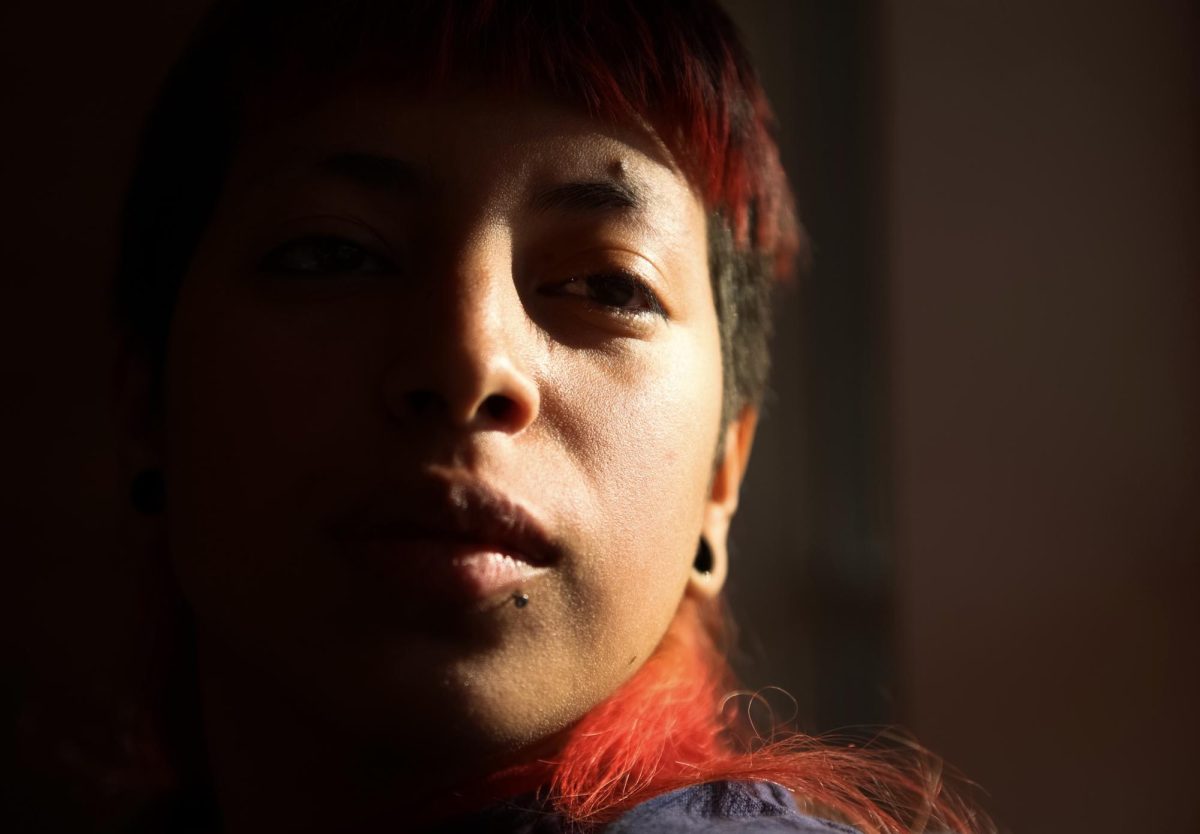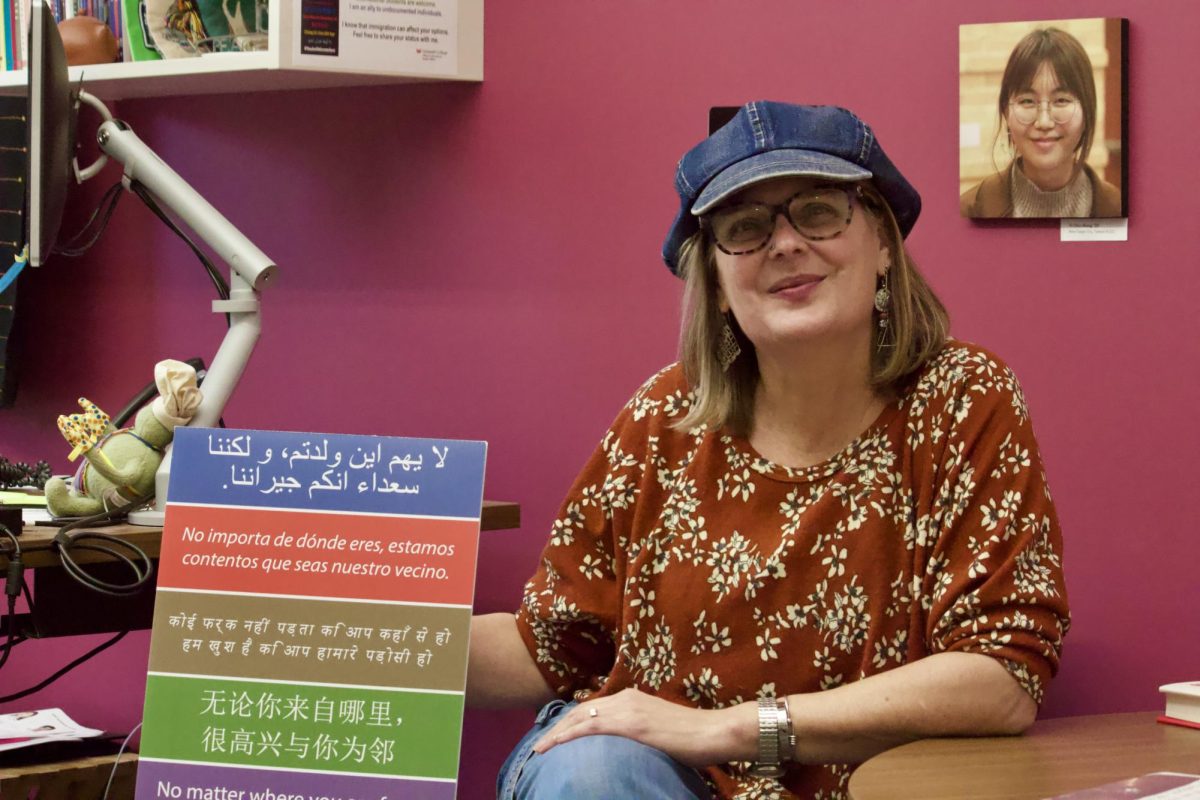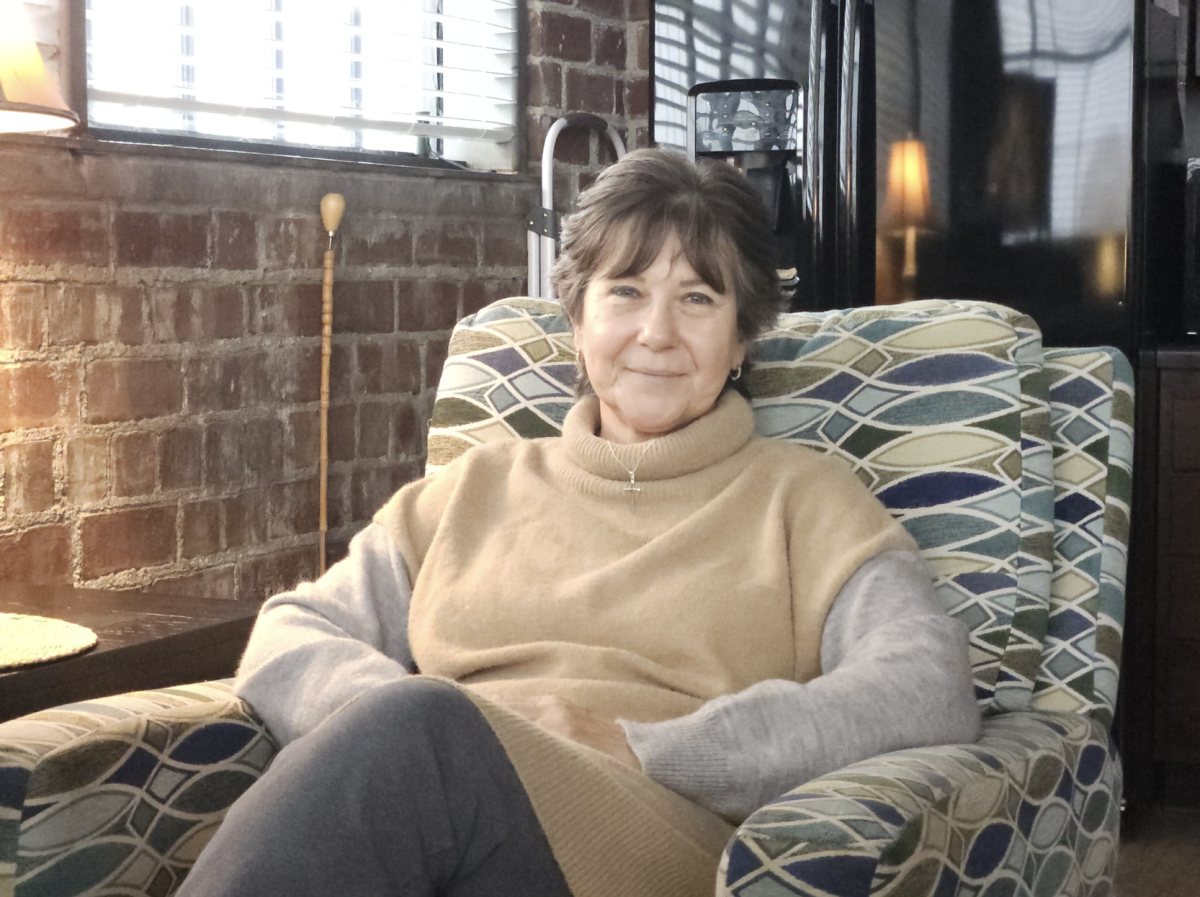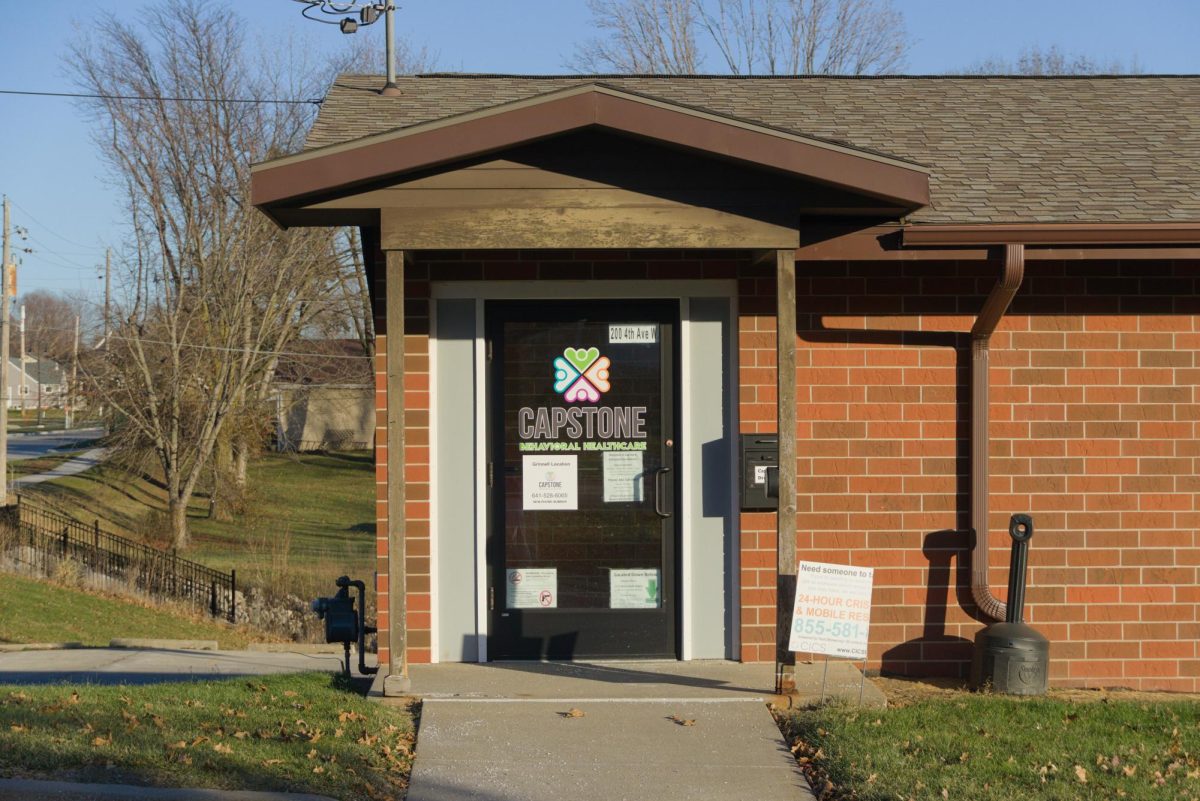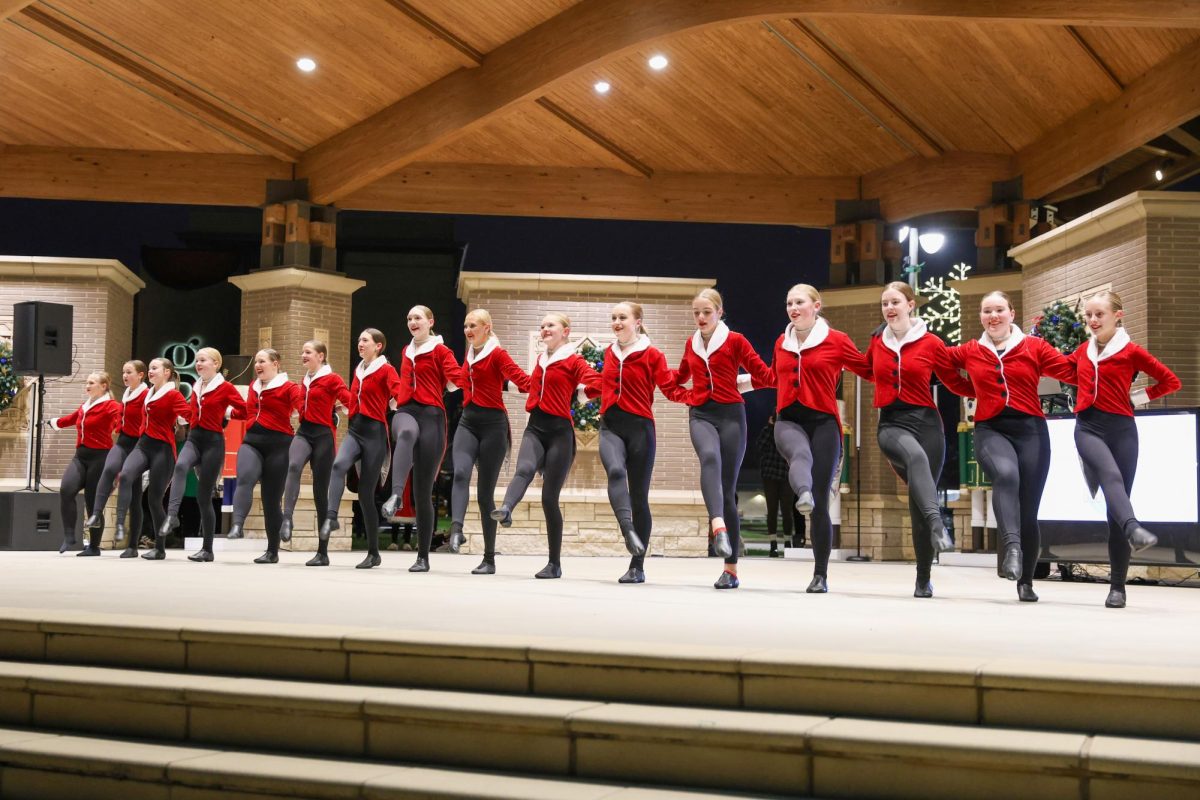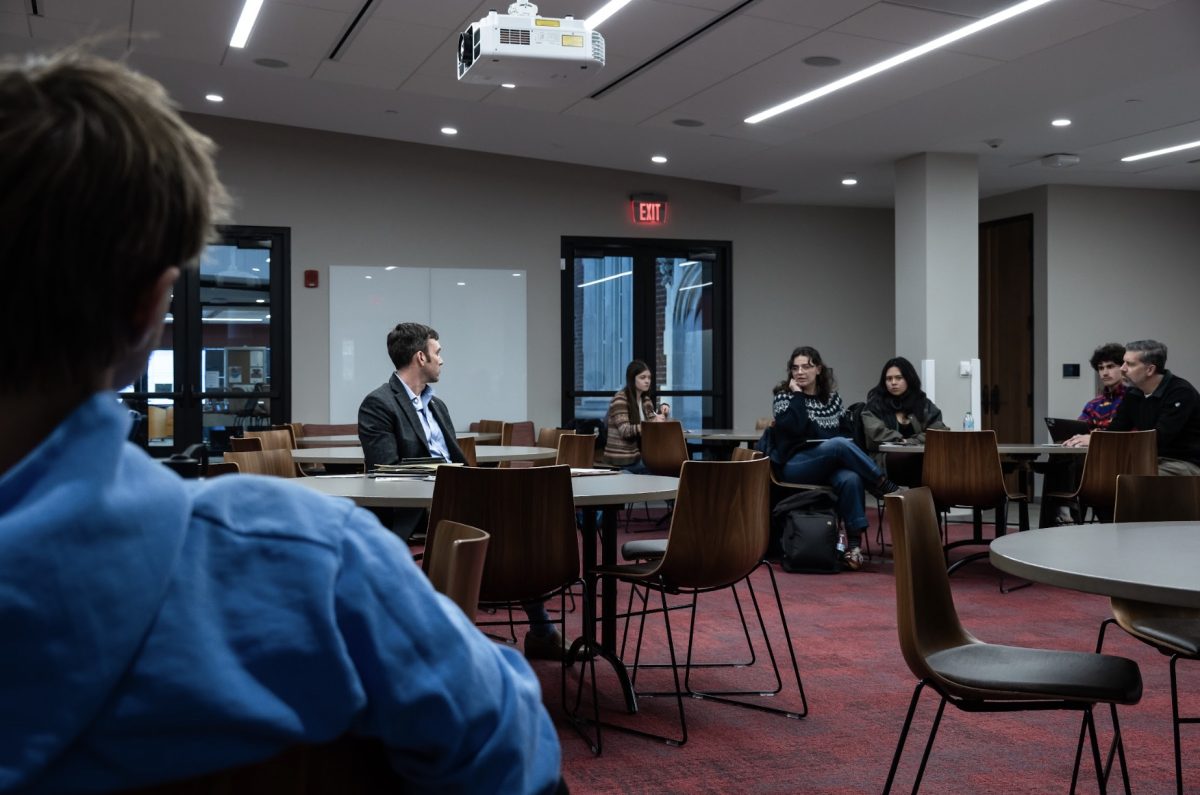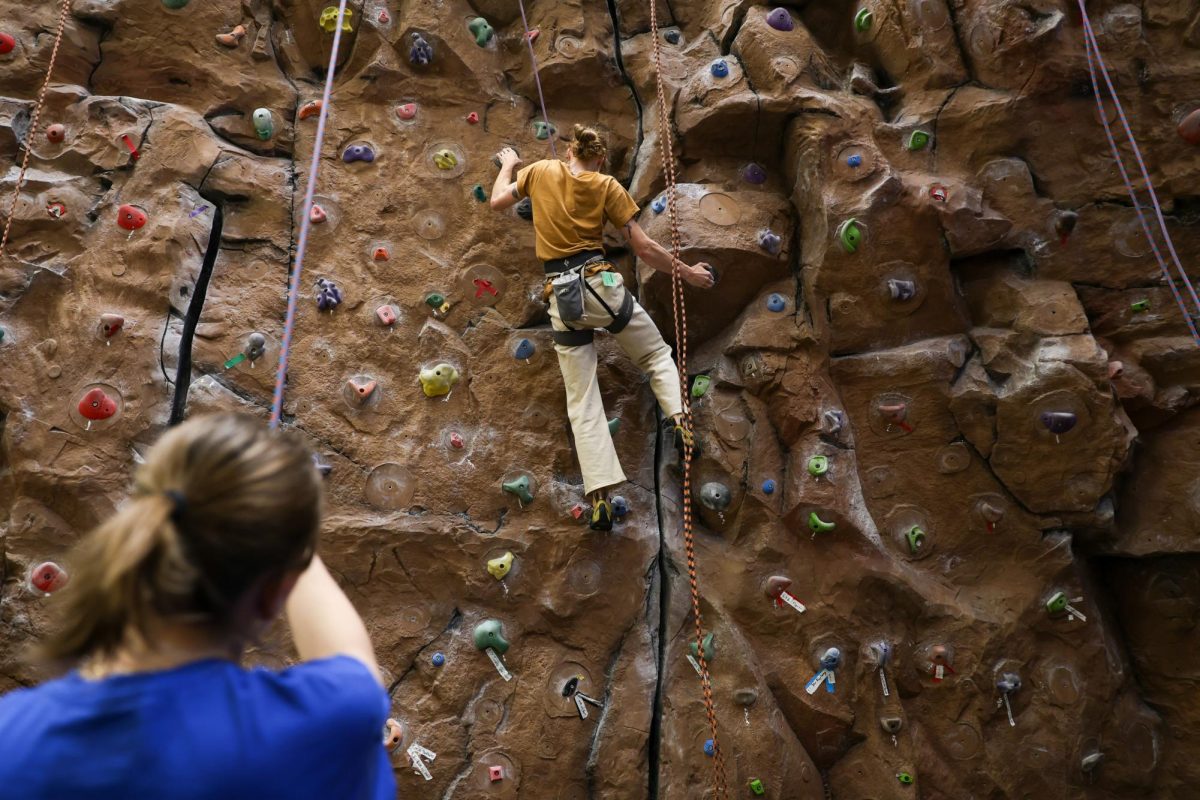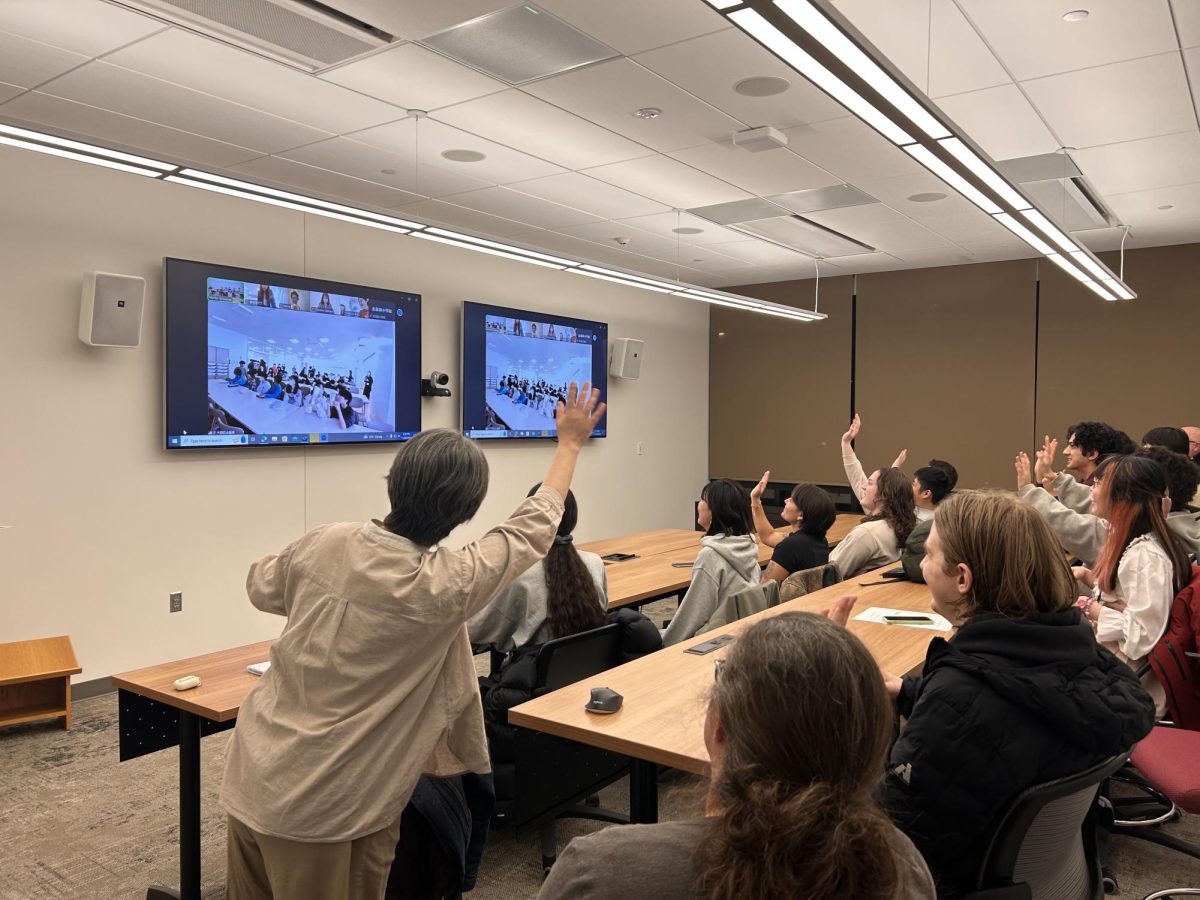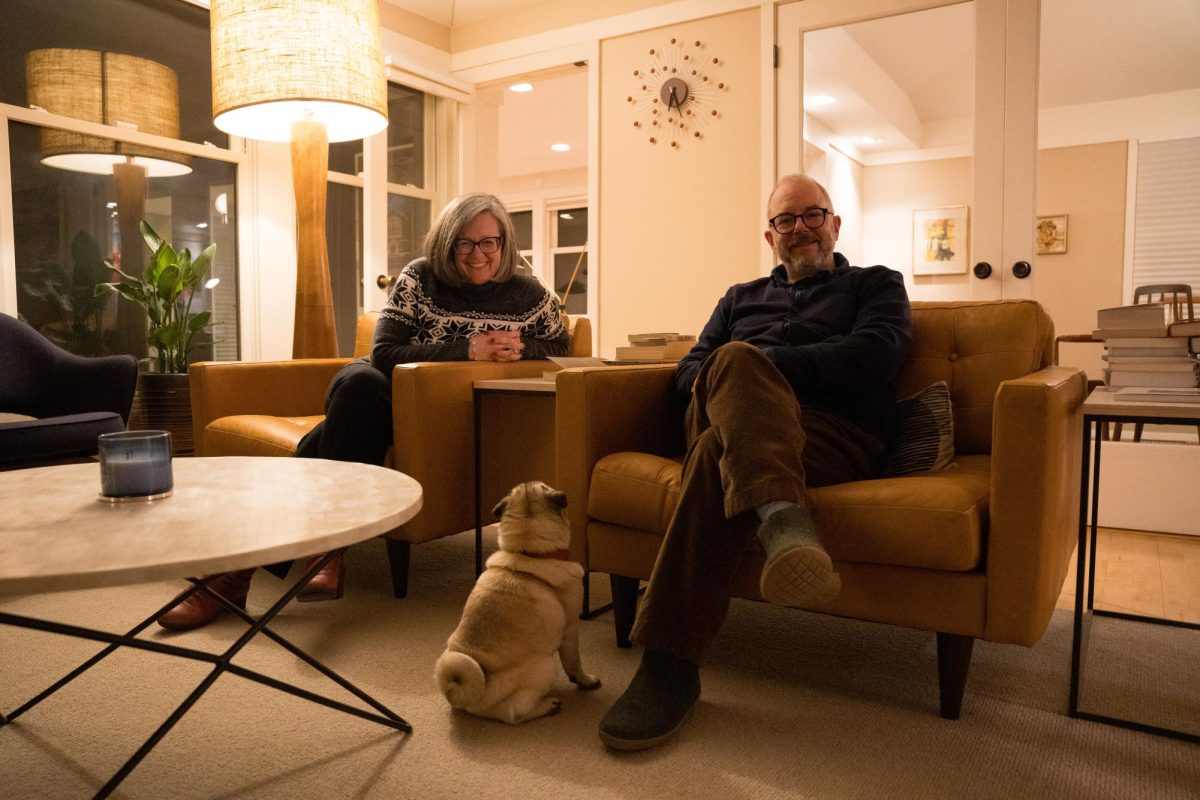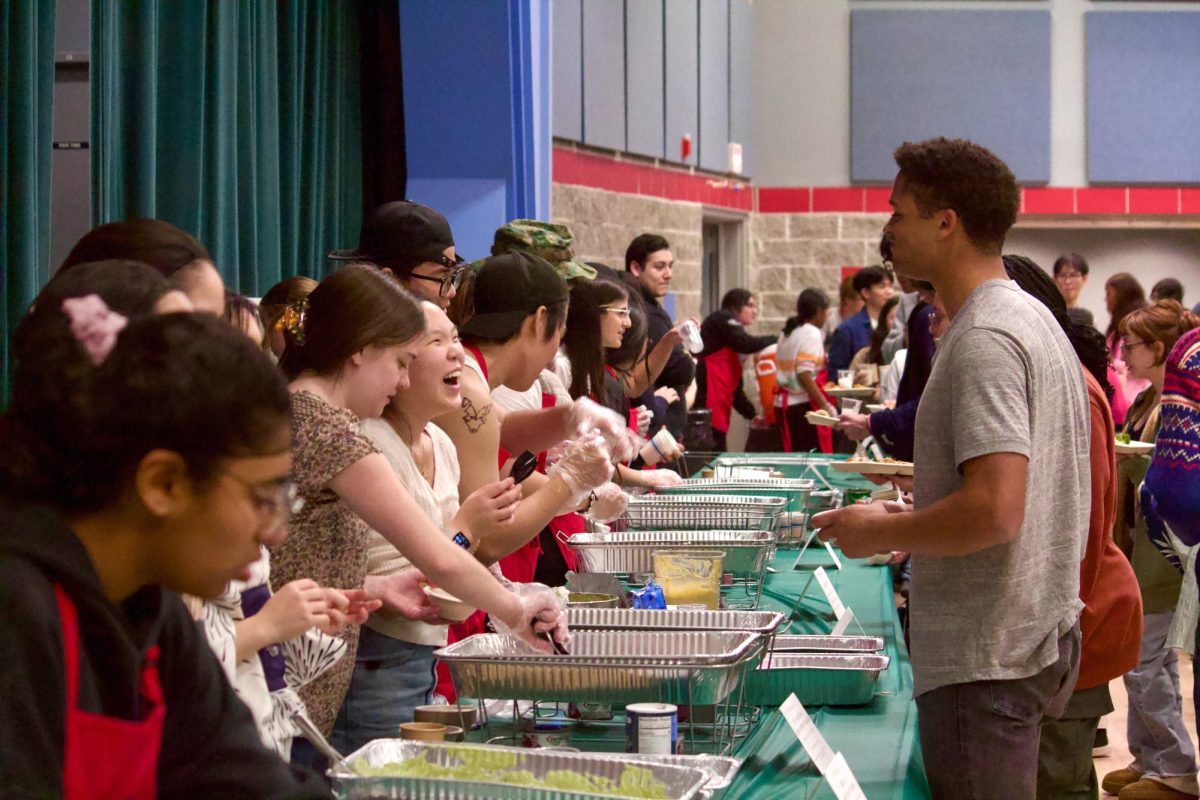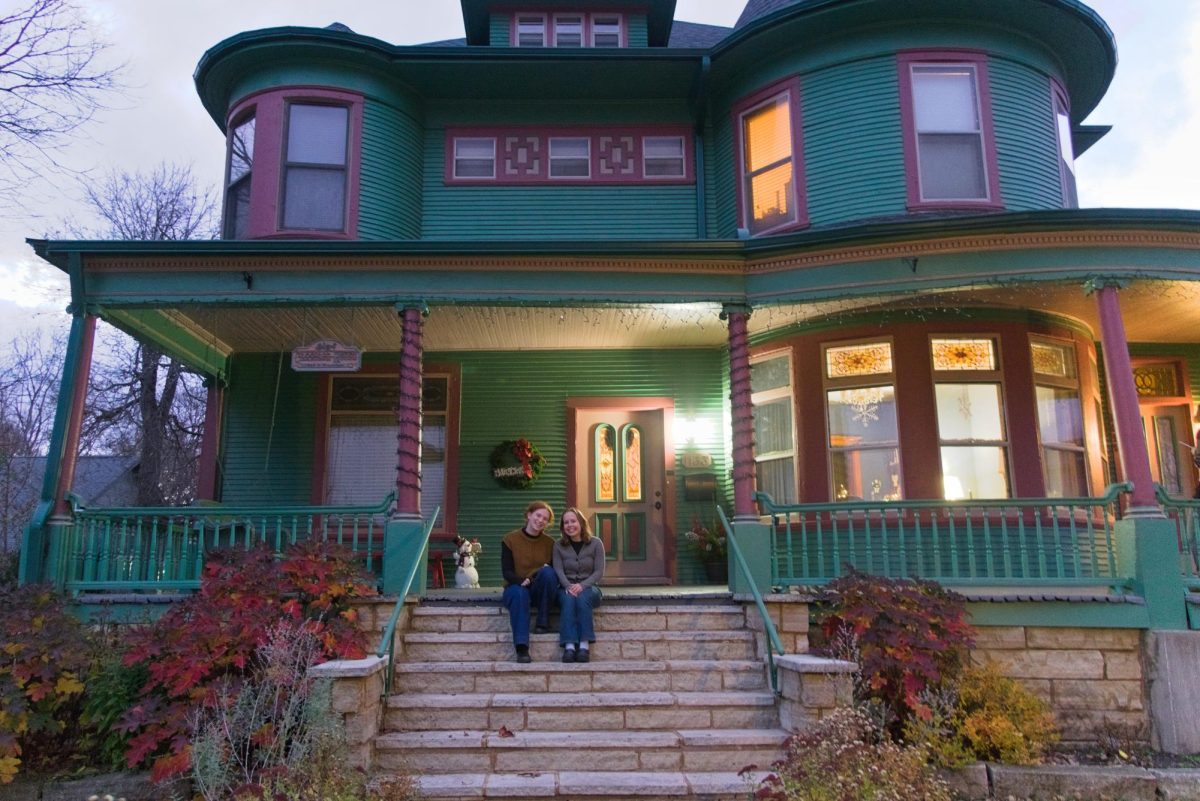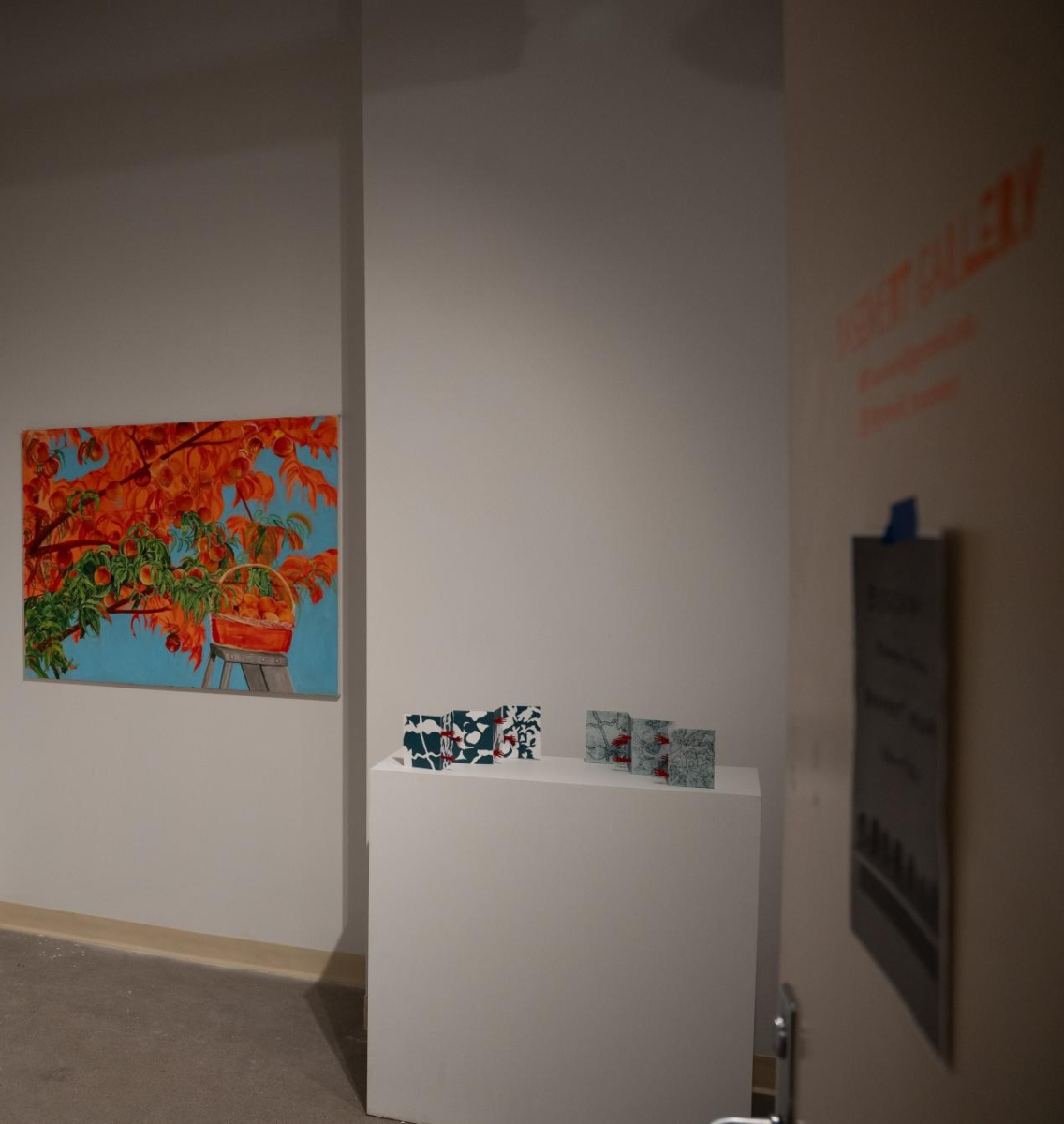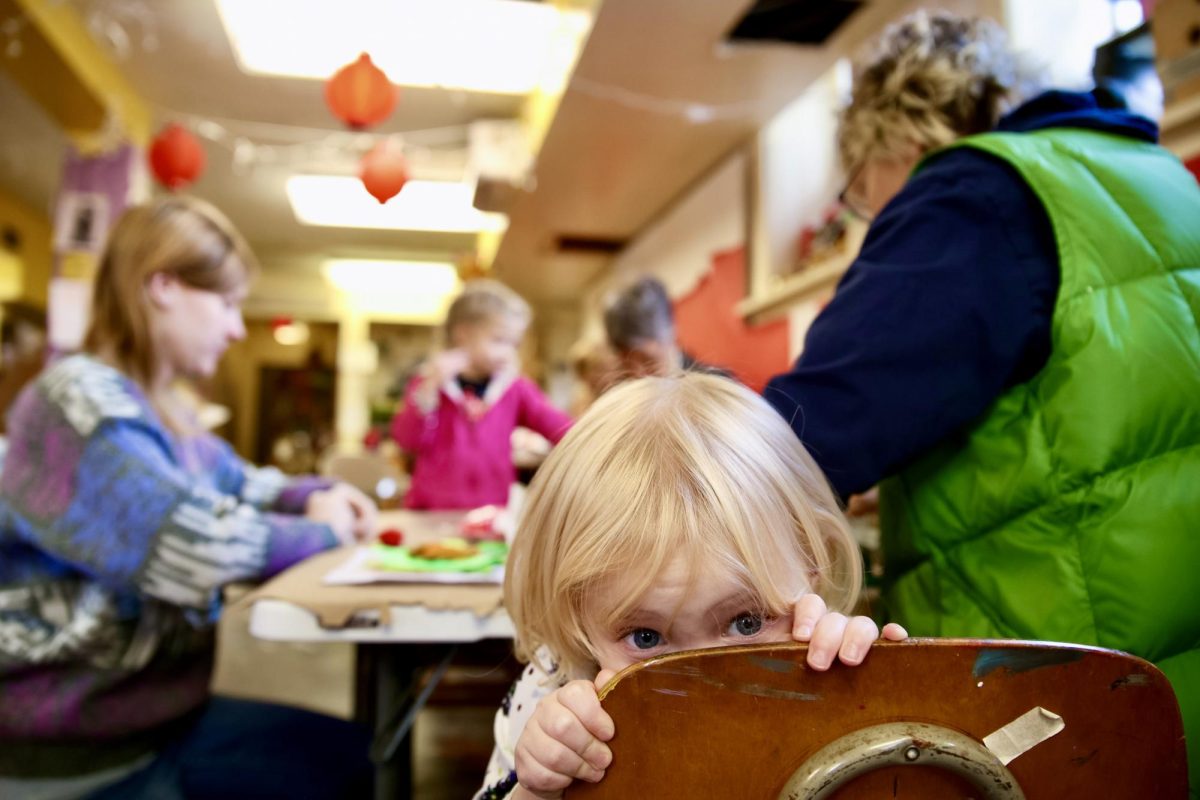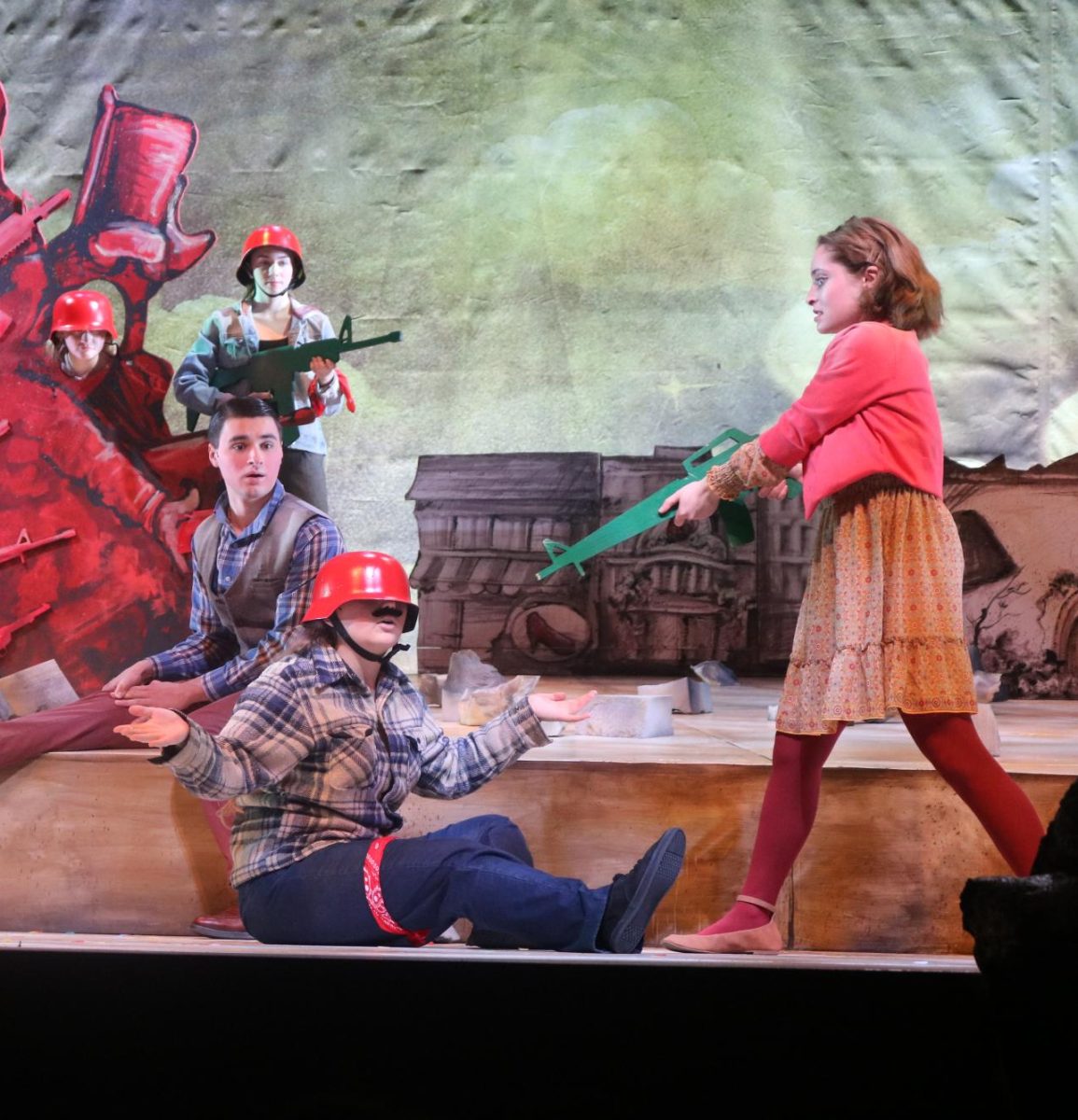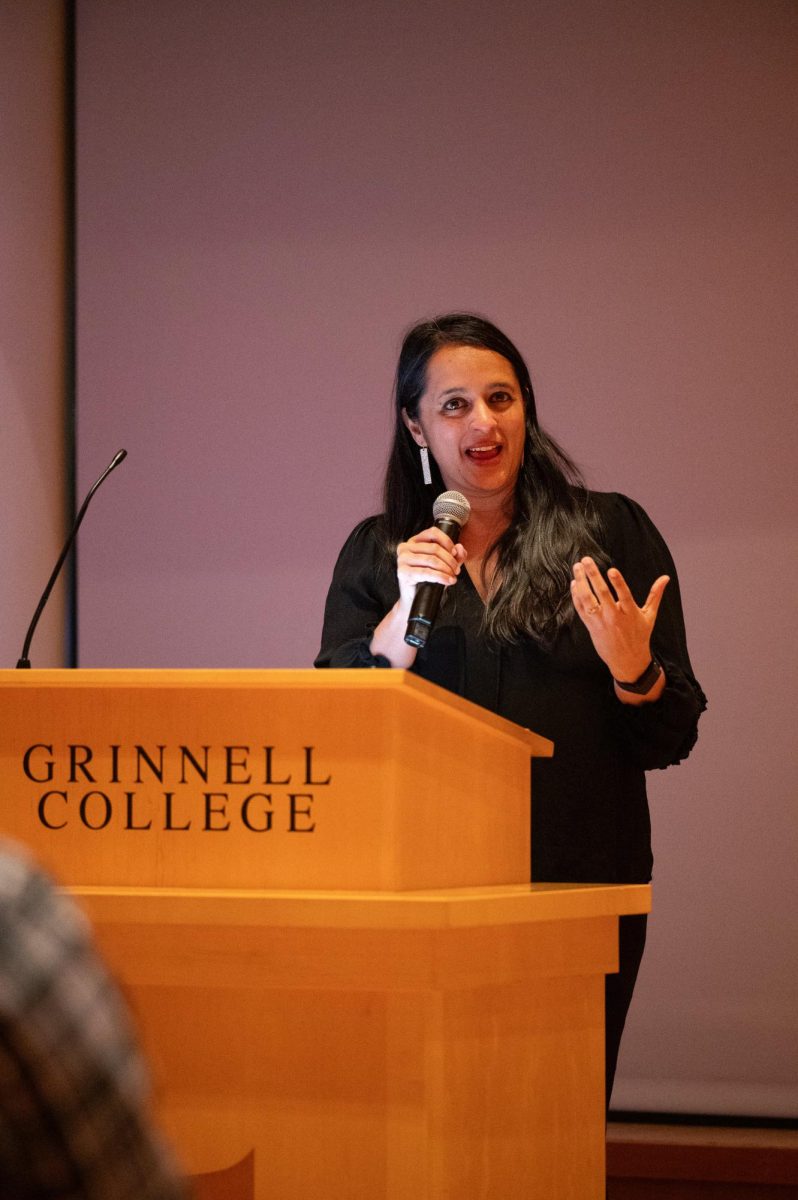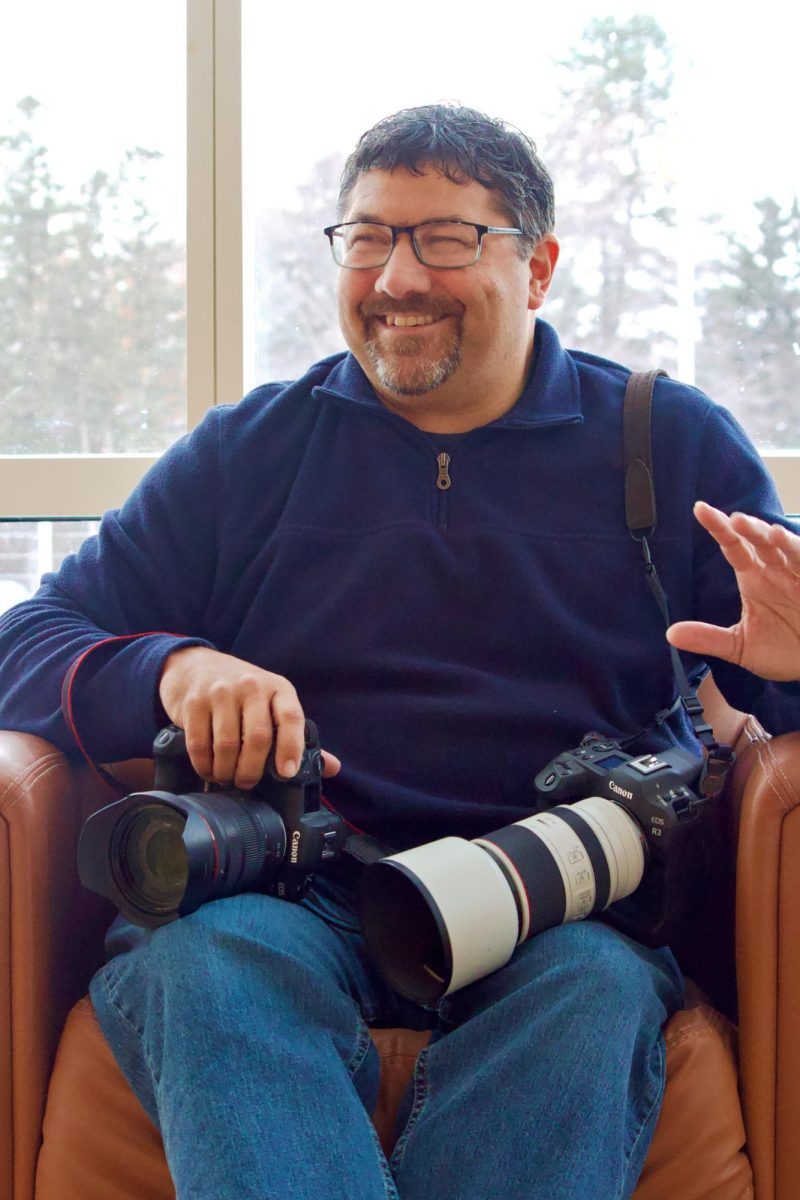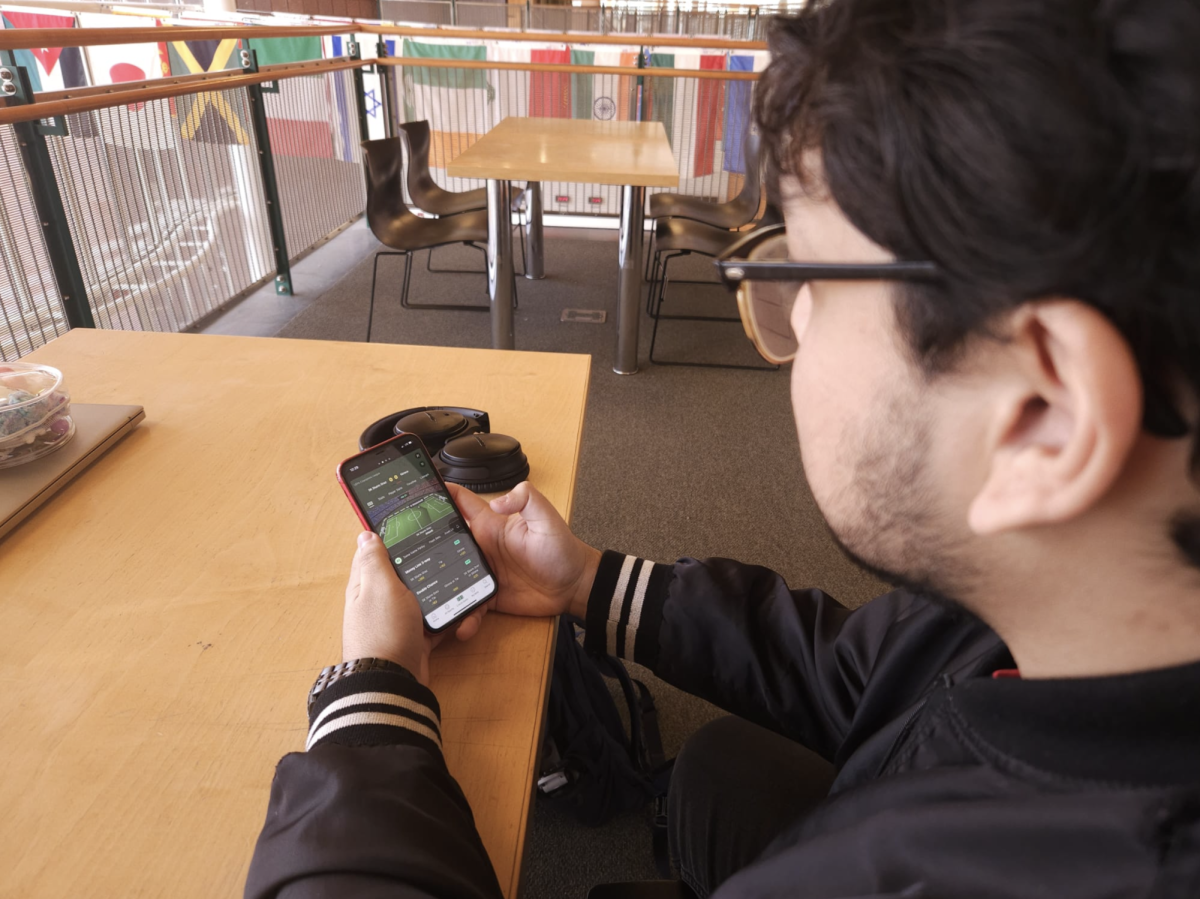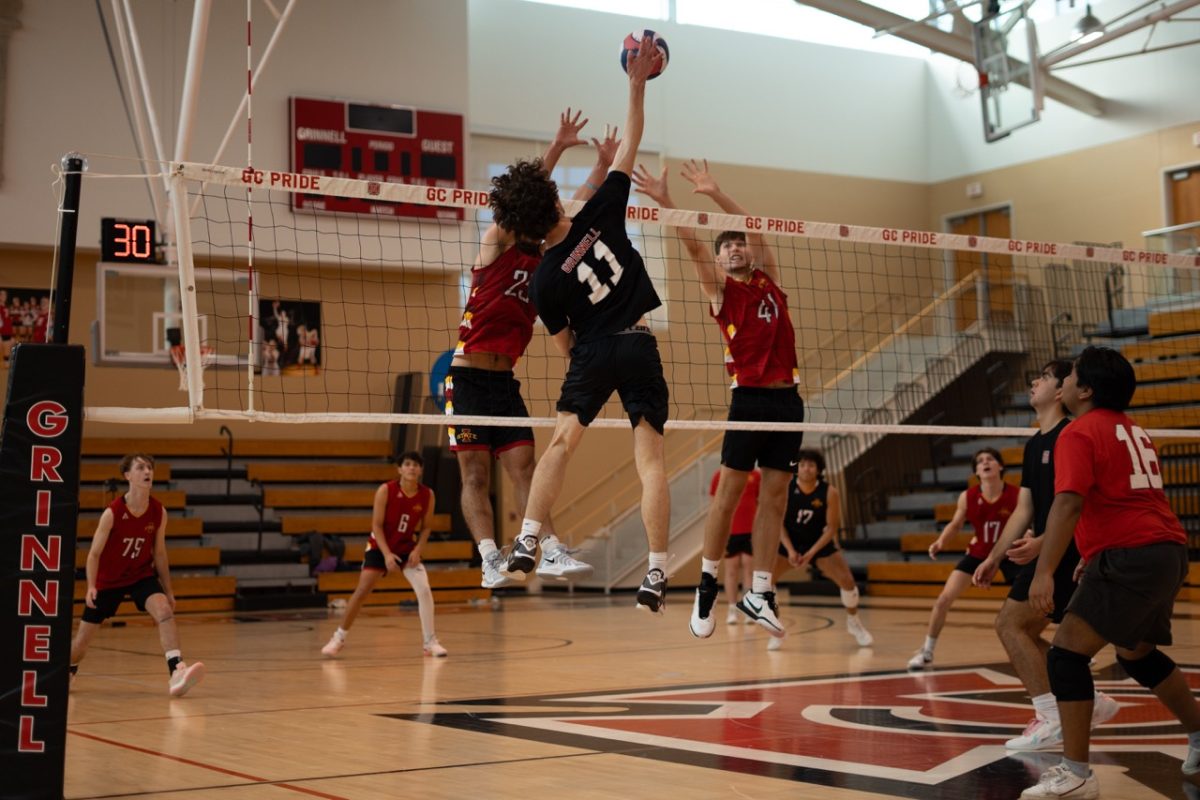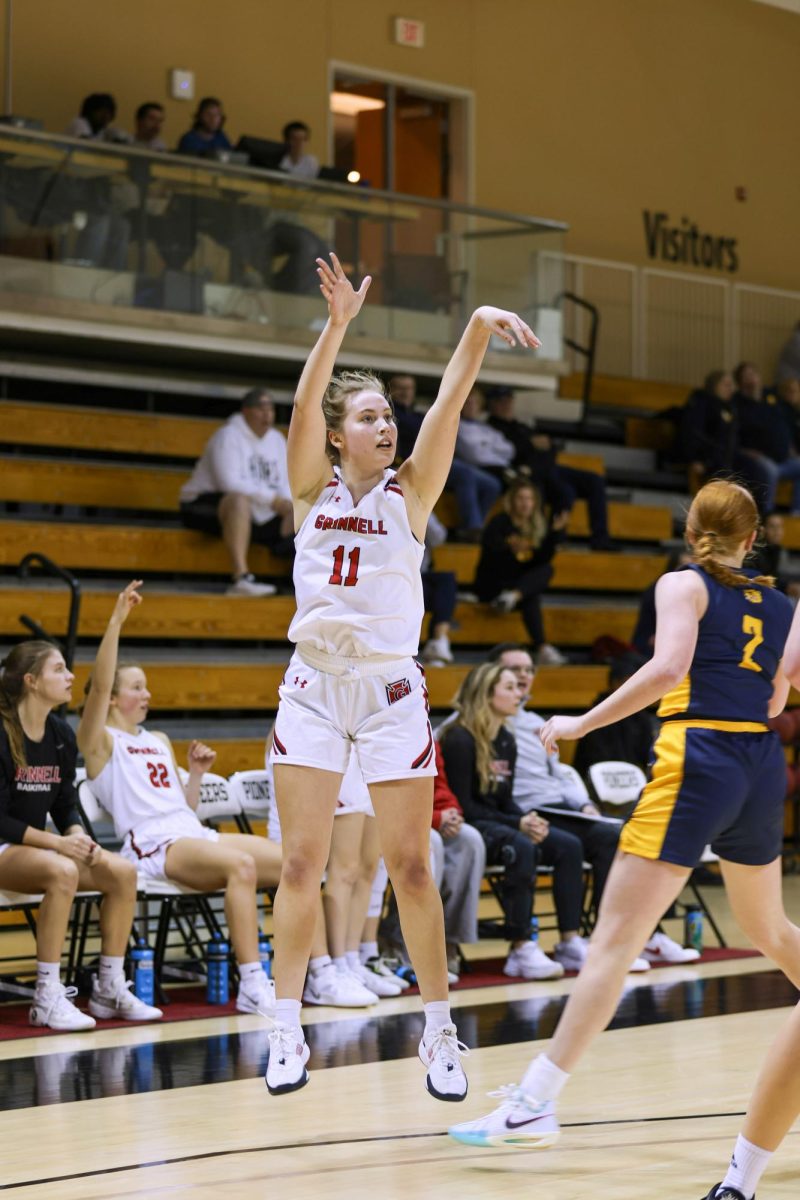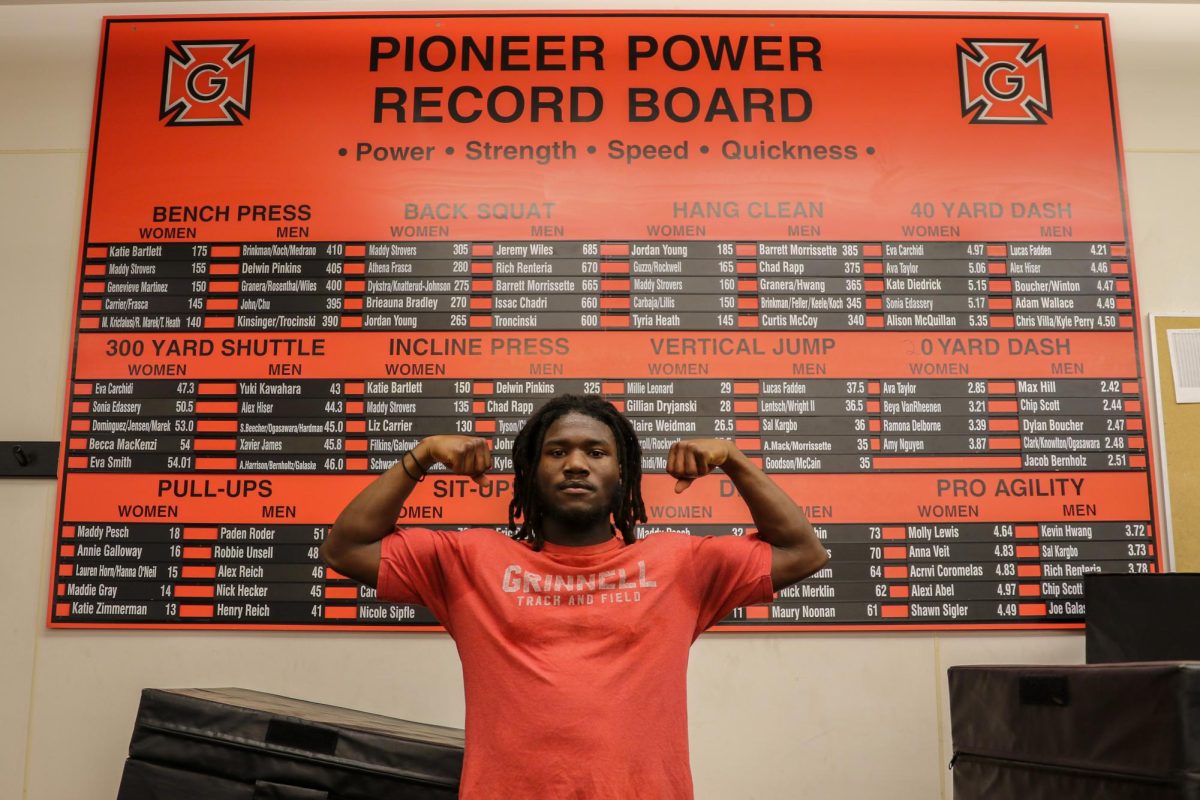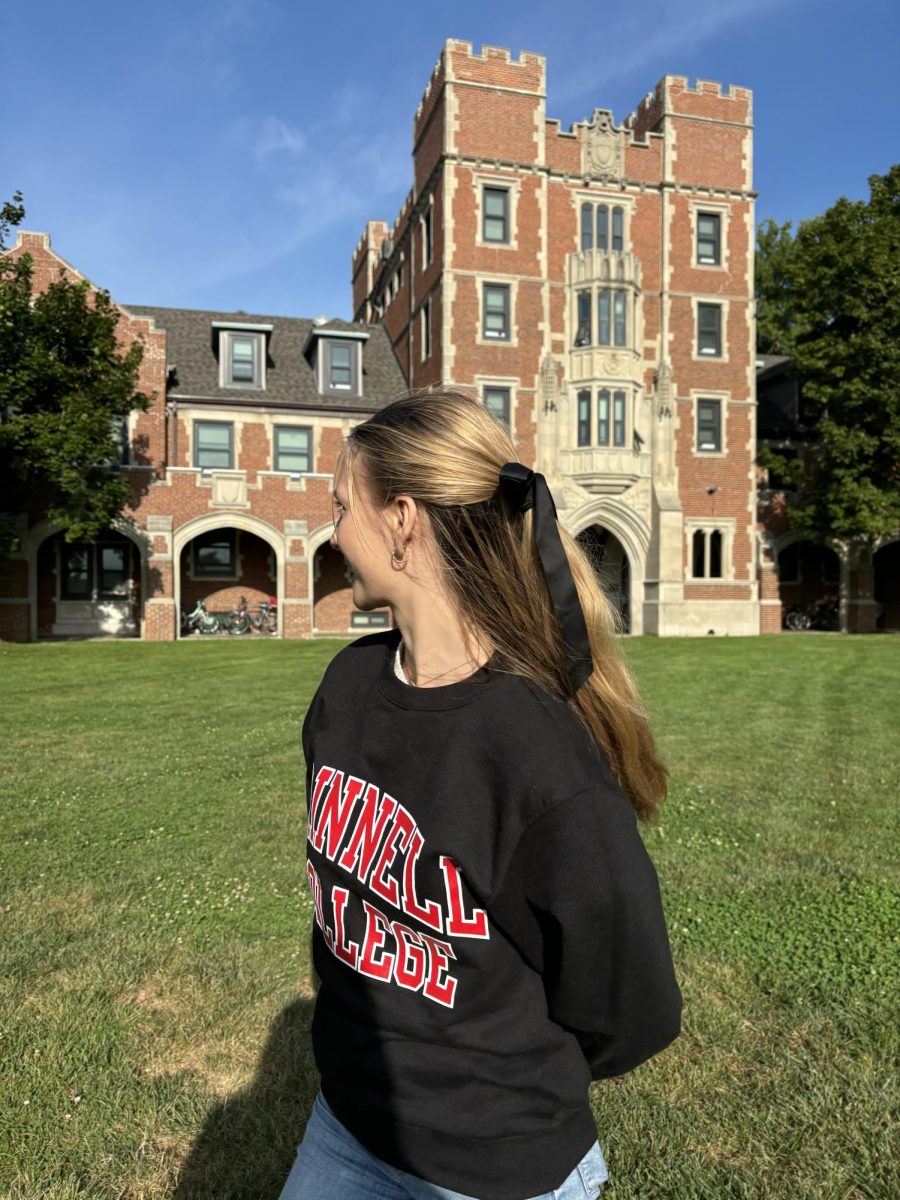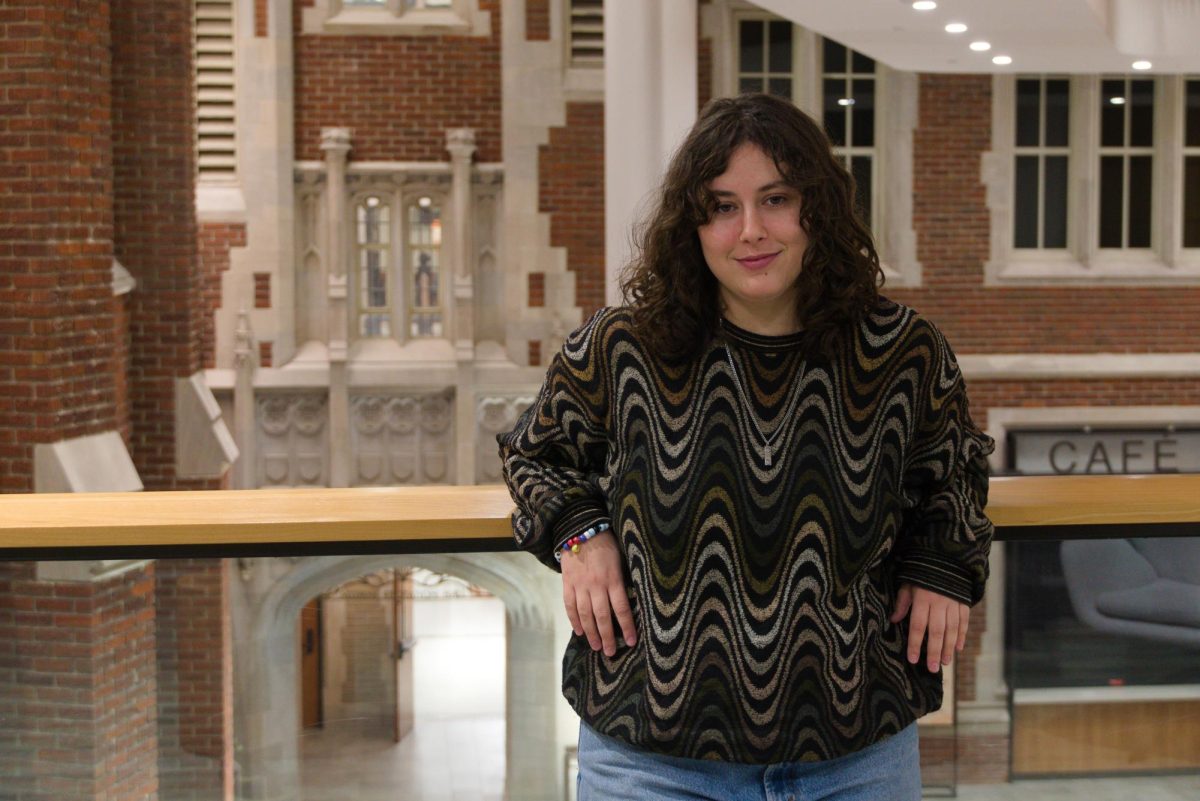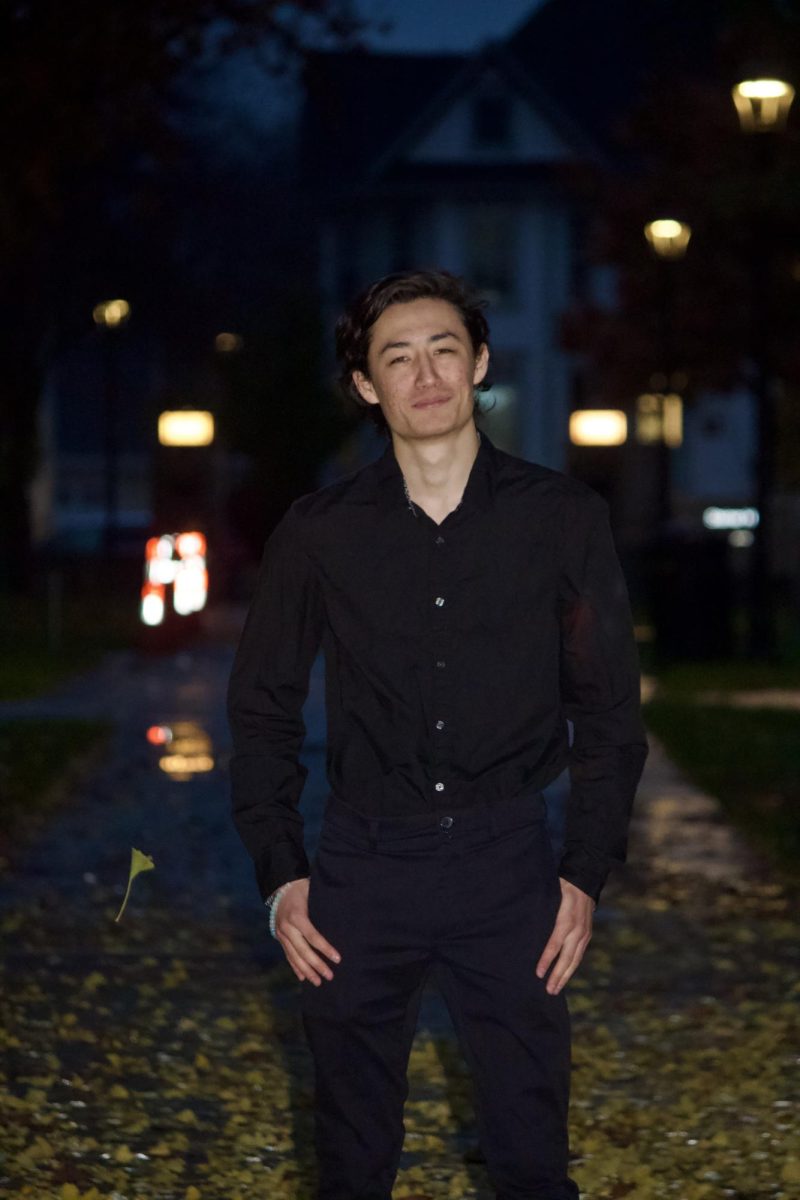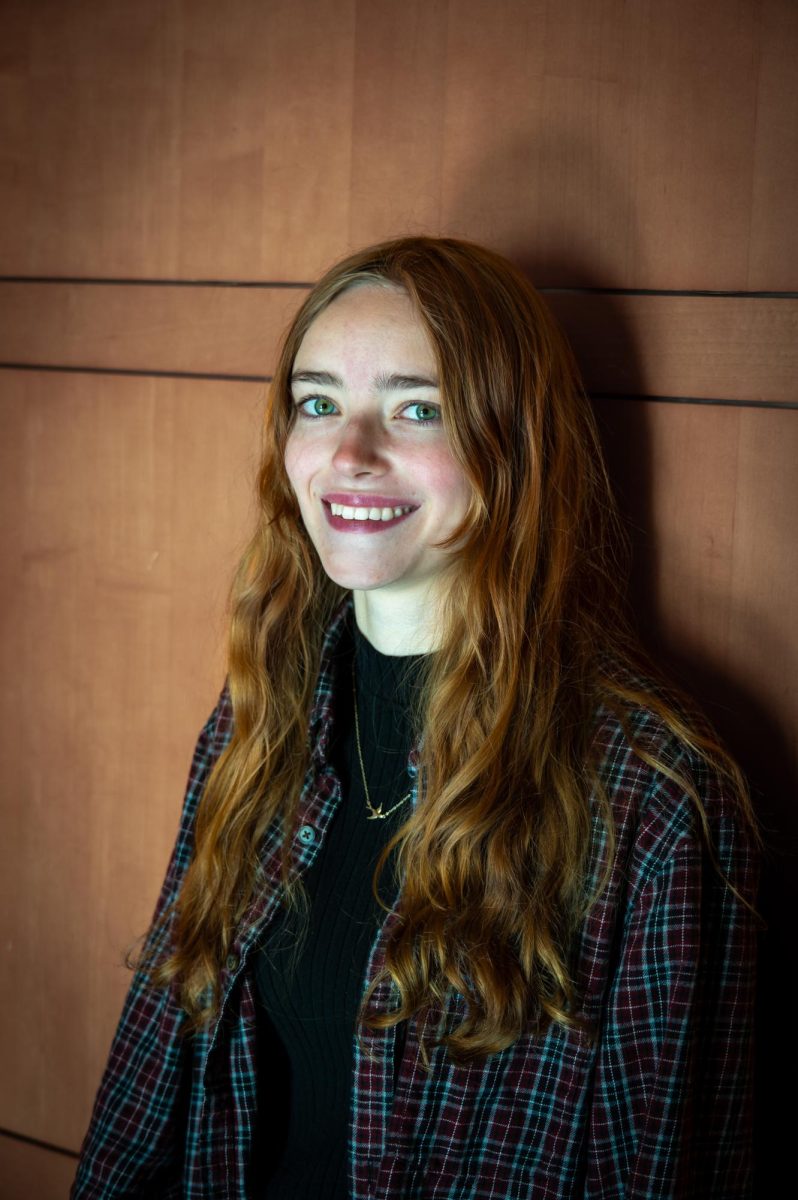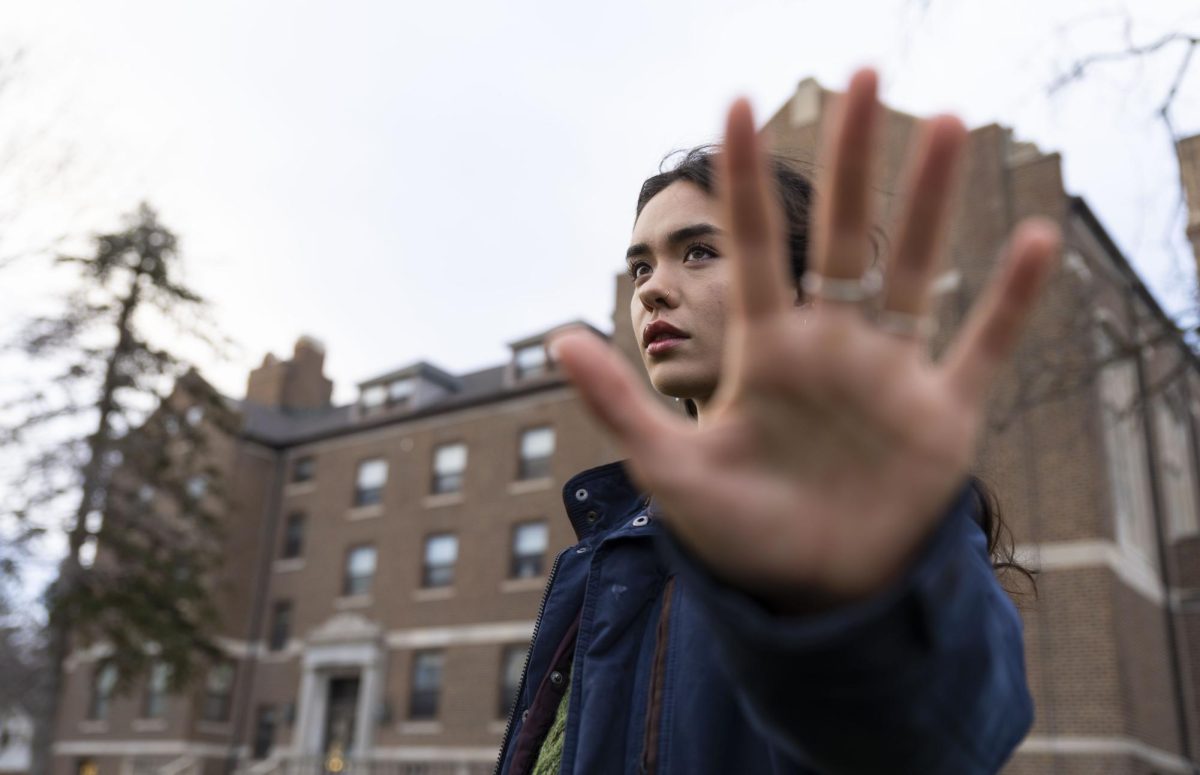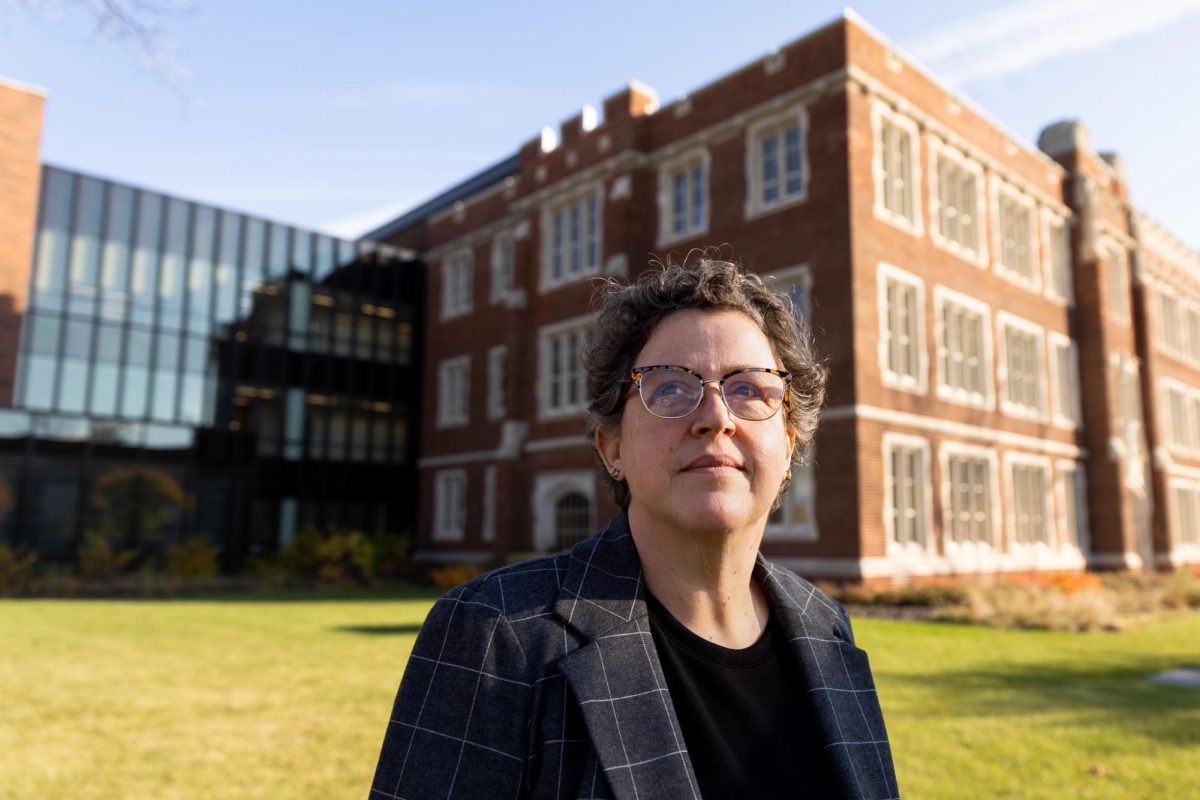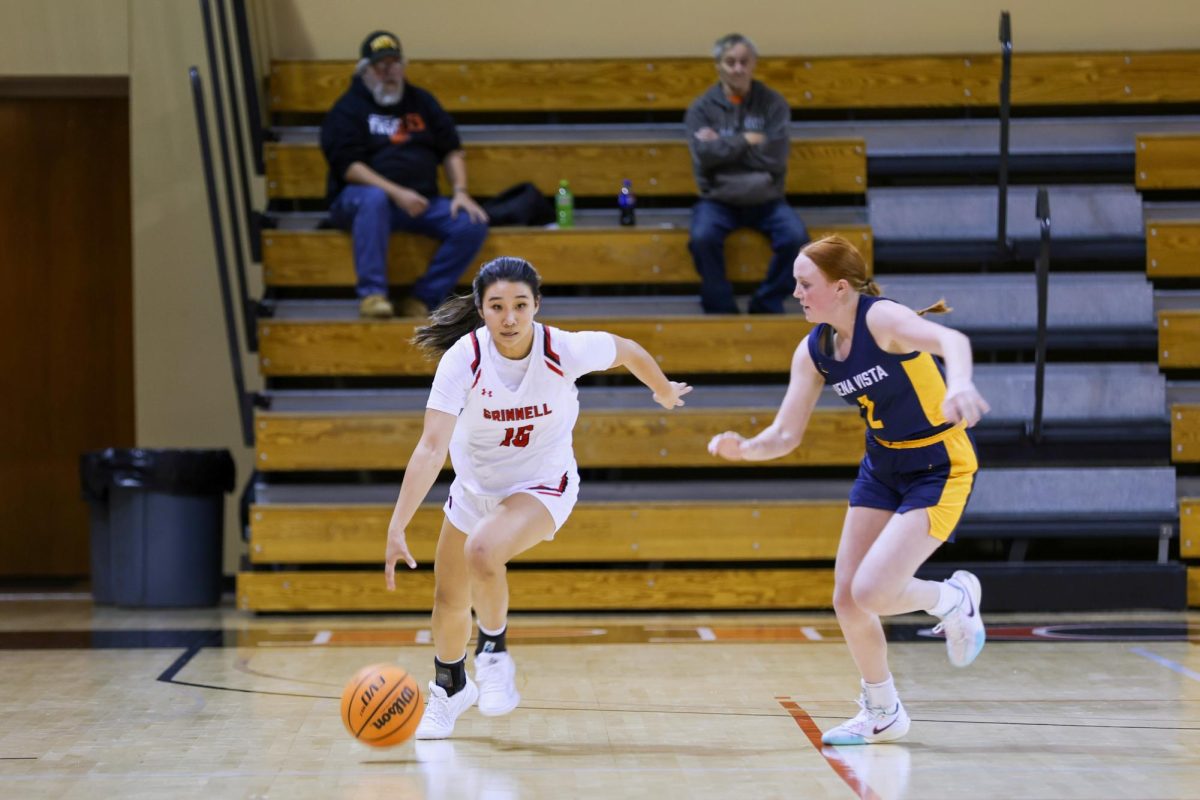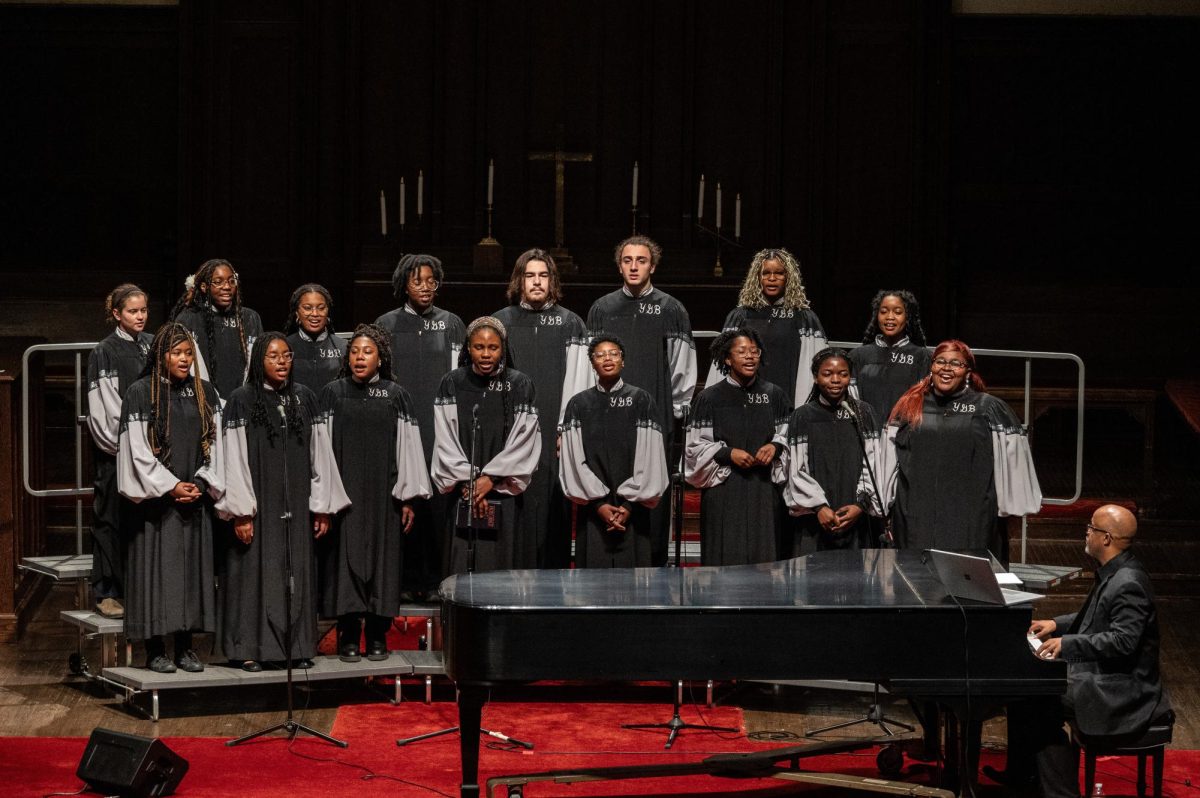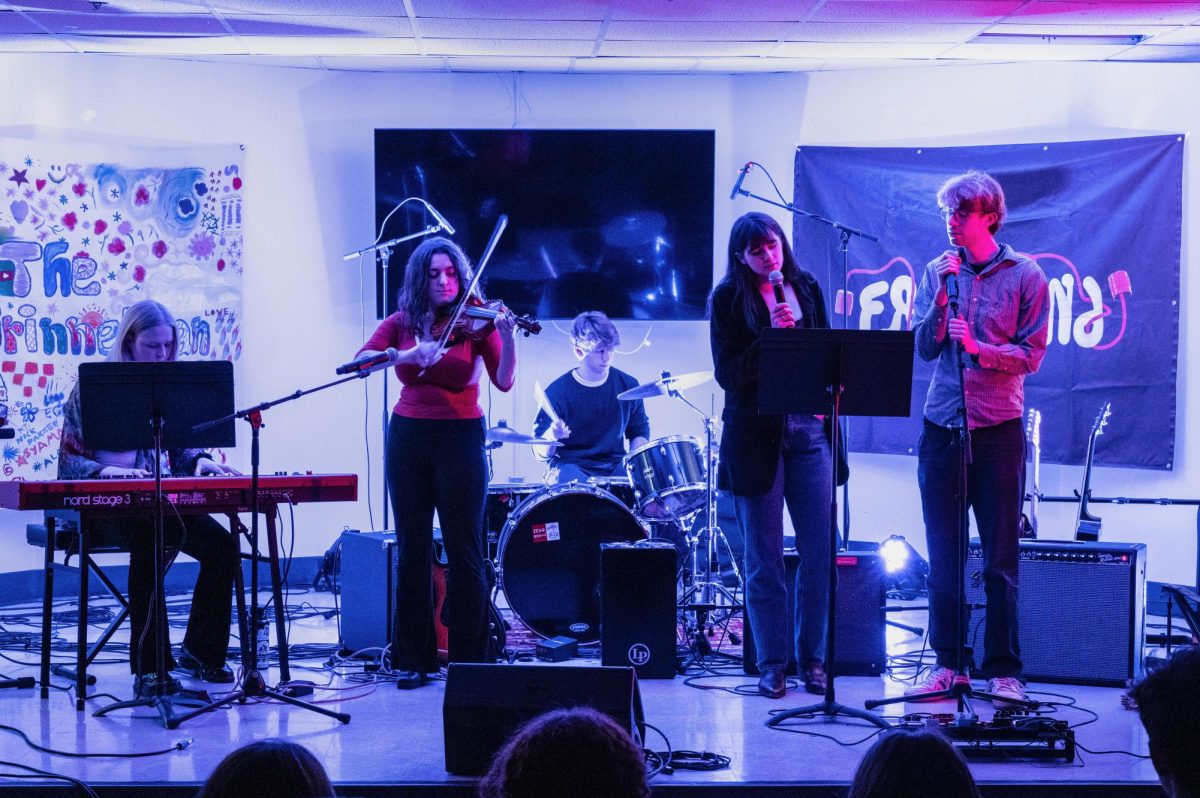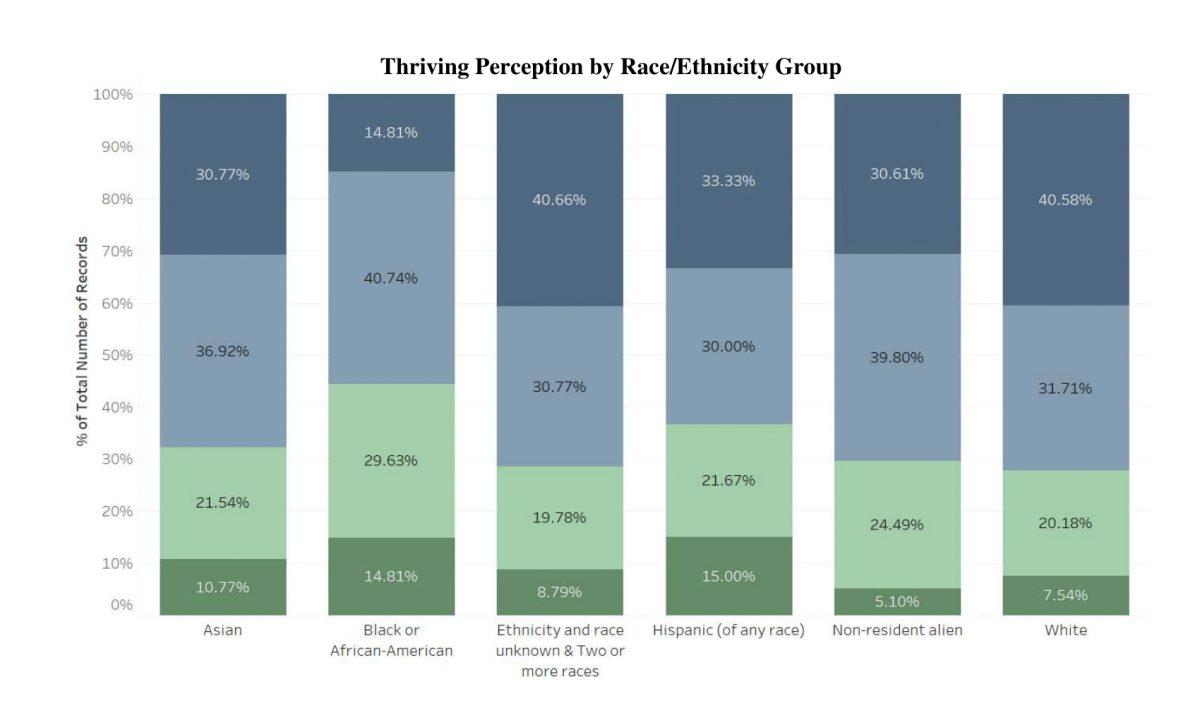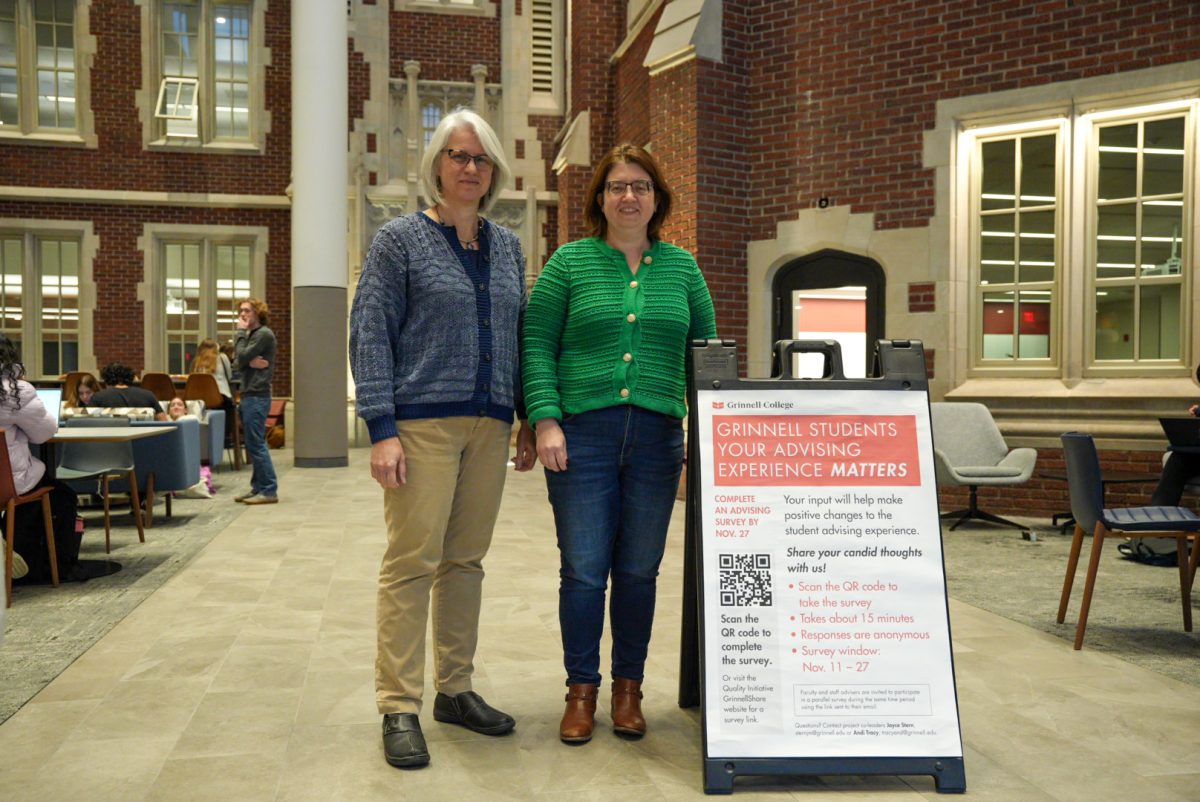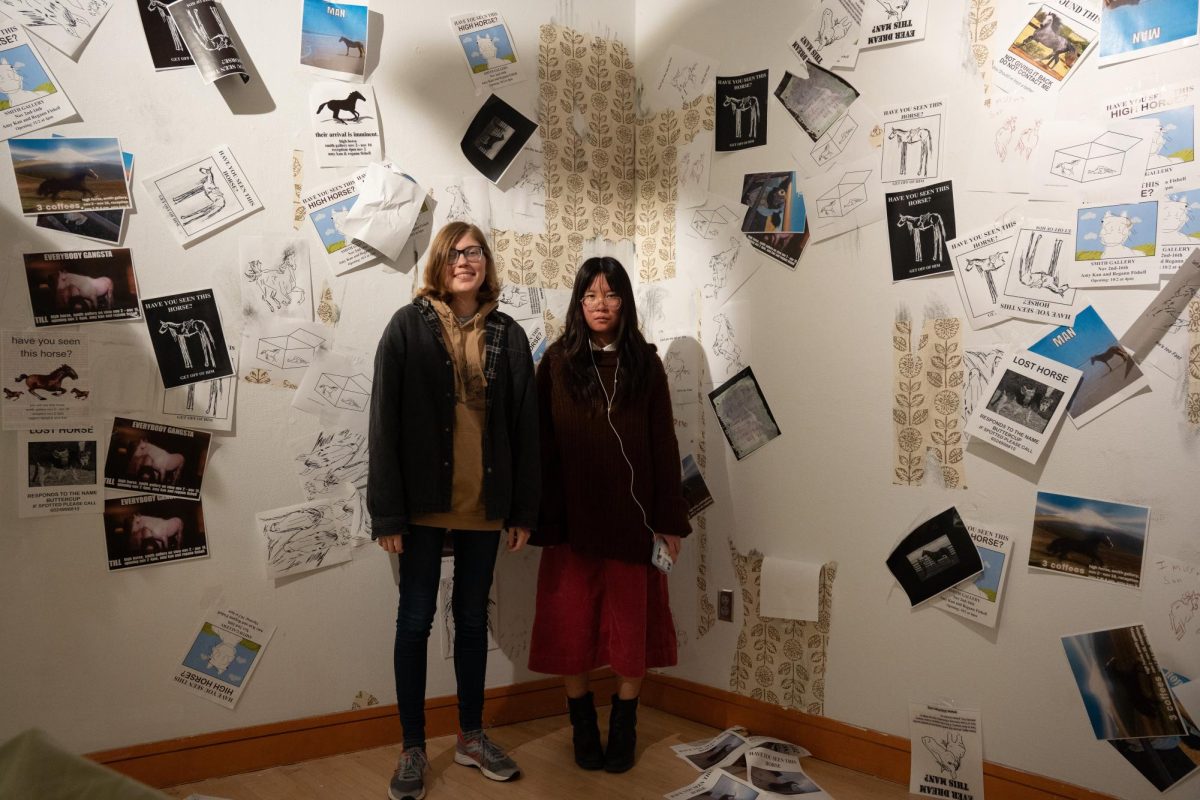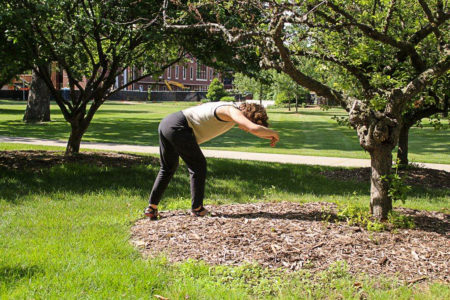
Over the summer, six Grinnell College students participated in arts-related Mentored Advanced Projects (MAPs) exploring topics that ranged from confessional poetry to improvisational dance.
The MАP format gives students the opportunity to work closely with a professor on scholarly research, either during the academic year or over the summer. MAPs that occur in the summer allow students to focus solely on their projects, without the distraction of other classes or extracurriculars, giving them the opportunity to deeply explore their artistic visions and ambitions.
Professor Ralph Savarese, English, led four students in a group poetry MAP that utilized “model poems” as the catalyst for original student work. The group, composed of Andrea Baumgartel ’19, Steven Duong ’19, Lily Fitzsimmons ’20 and Reina Matsuura ’19, produced a body of poetry that will be published in a chapbook this winter. In addition to self-publishing their work, the participants also submitted poems to multiple journals.
Professor Celeste Miller of the Theater and Dance department worked closely with her MAP students Naomi Worob ’19 and Obuchi Adikema ’21 to explore embodied experiences in the environment. Their collaboration grew out of a MAP Miller conducted the previous summer through a grant from the College’s Digital Liberal Arts Collaborative that focused on the role of digital tools in choreographic projects. Worob’s interest in the intersection between dance and environmentalism presented a new avenue for this research focus. The results of their research are catalogued on a website that contains a podcast, blog entries from the summer and a portfolio of artistic projects that span many mediums.
Both poetry and dance MAPs utilized the breadth of time and the depth of focus that the MAP structure provides to experiment within the bounds of their projects, a practice critical to the creative process.
“There was a lot of play involved … trying an activity and not knowing if it’s going to work and writing and reflecting on if it did work, if it didn’t work,” Worob said. She and Adikema devised a research structure called “Mondays on Foot” in which the two would walk in a different direction every week without a set destination and find a place to dance on that journey.
Similarly, Professor Miller emphasized students forging their own research paths as the factor that differentiated MAPs from classes with a set syllabus and curriculum. Miller described her approach to the MAP process as “I don’t know where we’re going. Let’s begin!”
Baumgartel and Duong also spoke about the importance of exploration in their project. “With creative maps the biggest thing is, ‘don’t get stuck in your head,’” Baumgartel said. In their poetry workshops, the participants would share readings they did on their individual areas of study, sub-genres such as Vietnamese-American poetry or the sonnet form, with the other students.
Such collaboration, both among student peers and between professors and students, was essential to the success of both projects. Professor Savarese sought to reproduce a workshop format in his four-person MAP, something a number of participants he had previously found worked well. Miller travels extensively over the summer doing her own choreographic work and attending conferences. She worked with Worob and Adichi to find innovative ways to bring along the students. Worob noted that although Miller was clearly their advisor, she also felt like a collaborator.
While MAPs allow space for students to develop their craft, they can also provide different tools that can help students envision or seek out careers in arts-related fields. Professor Savarese in particular tries to mentor students in a way that allows them to imagine the next step beyond Grinnell as a writer, a task especially important in the arts.
“The MAP can really play a crucial role in helping some students who haven’t yet, for totally legitimate reasons, given themselves permission to imagine a very different kind of ambition, or ambitious life, for themselves,” Savarese said. While MAPs allow students to develop artistically, without the stress of classes and readings, the projects also help prepare them for life after Grinnell.
